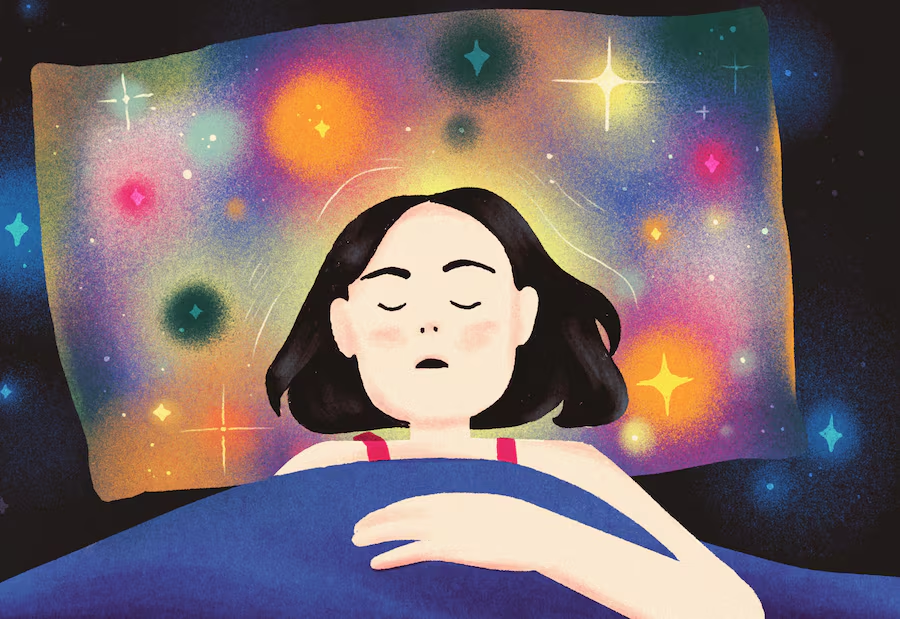Now Reading: Why Dreams Feel Real: Understanding the Mind’s Nighttime World
-
01
Why Dreams Feel Real: Understanding the Mind’s Nighttime World
Why Dreams Feel Real: Understanding the Mind’s Nighttime World

Dreams often feel vivid and lifelike, leaving people amazed or unsettled upon waking. In India, from bustling metros to Tier-2 cities, many experience dreams that seem to mirror reality, making it hard to distinguish between imagination and memory. Understanding why dreams feel real can shed light on how the brain processes emotions, experiences, and subconscious thoughts while we sleep.
The Brain’s Replay of Experiences
During sleep, especially in the rapid eye movement (REM) phase, the brain actively processes recent experiences, emotions, and memories. This replay can make dream events appear highly detailed and realistic, as the mind draws from familiar sights, sounds, and sensations stored in memory. Even ordinary daily events can transform into vivid dream scenarios.
Emotional Intensity and Perception
Dreams often feel real because they tap into strong emotions. Fear, joy, or excitement can heighten sensory perception, making dream scenarios seem as tangible as waking life. This emotional involvement can cause people to wake up with lingering feelings connected to dream events.
Neurological Factors
Certain brain regions, like the visual cortex and limbic system, remain active during dreaming, generating images, movement, and emotions simultaneously. This neurological activity creates immersive experiences, convincing the mind that the events are happening in the real world. The blending of imagination and memory adds to the realism.
Cultural and Personal Influences
Cultural context and personal experiences also shape how dreams feel. People in Tier-2 cities may dream about familiar local settings, social norms, or daily routines, which can make the dream content feel authentic. The mind draws from everyday life, reinforcing the sense of reality within dreams.
Conclusion
Dreams feel real because the brain merges memories, emotions, and imagination in a highly immersive way. Understanding this process helps explain why people often react to dreams as though they were real experiences. While dreams remain mysterious, their vividness reflects the brain’s complex and fascinating ability to process life even while we sleep.

























